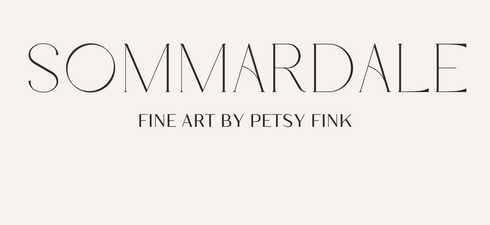Home - a place where stillness replaces stress and beauty unfolds in quiet simplicity. Enter Shibui, a Japanese design philosophy that embodies subtle elegance, restraint, and a deep connection to nature. Unlike trends that demand attention, Shibui aesthetics create a restful atmosphere by embracing timeless, understated beauty.
Through thoughtful home decor choices—such as a fine art print that captures the serenity of nature photography, or the gentle flow of abstract art—you can design a space that encourages stillness and immersion in nature. The result? A home that soothes your senses and supports your well-being.
What Is Shibui Aesthetic?
Shibui, derived from Japanese culture, refers to a kind of refined simplicity—beauty that doesn’t shout but whispers. It values:
- Subtle textures over bold patterns
- Natural materials over artificial finishes
- Muted tones over bright, attention-grabbing colours
- Timeless design over fleeting trends
A Shibui interior is neither stark nor overly decorative. Instead, it balances harmony, depth, and a sense of quiet refinement. By embracing this philosophy, you create a space that naturally invites stillness, reflection, and rest.
The Key Elements of a Shibui-Inspired Restful Space
To bring the essence of Shibui into your home, focus on these core design elements:
1. Natural Materials: A Foundation of Tranquillity
At the heart of Shibui aesthetics is a connection to nature. Choosing raw, organic materials fosters a sense of calm and stability, making your space feel grounded and inviting.
- Wood: Opt for furniture in untreated or lightly finished wood, allowing the grain and imperfections to shine.
- Stone: Incorporate stoneware vases, slate trays, or textured ceramics to add earthy elegance.
- Linen and Cotton: Soft, breathable textiles in neutral tones bring warmth and comfort.
Pairing these materials with artwork—such as a fine art print of a misty landscape or abstract art that mimics natural textures—enhances the feeling of immersion in nature.
2. A Muted, Natural Colour Palette
Shibui interiors are known for their soft, understated colours. Rather than bold statements, the palette is drawn from nature—think warm taupes, soft greys, gentle blues, and earthy greens.
- Use layered neutrals to create depth without overwhelming the space.
- Introduce subtle contrast through textures rather than bright colours.
- Choose nature photography in soft tones to complement the colour scheme.
The goal is to create a space that feels effortlessly harmonious, where no single element dominates, but everything works together in quiet balance.
3. Thoughtfully Chosen Artwork
Art plays a crucial role in Shibui interiors, offering visual interest without overpowering the space. The key is subtlety—choosing pieces that encourage contemplation and stillness.
- Abstract art with soft, organic shapes creates a meditative effect.
- Fine art prints in neutral hues add sophistication without excess detail.
- Nature photography of tranquil landscapes fosters immersion in nature.
A single, well-placed artwork—perhaps a fine art print of a fog-draped forest or a quiet, monochrome seascape—can become a focal point that enhances the restful atmosphere.
4. Imperfection and Wabi-Sabi Influence
Shibui often overlaps with wabi-sabi, the Japanese appreciation for imperfection and the beauty of ageing materials. Instead of chasing flawless perfection, embrace:
- Handmade ceramics with irregular edges
- Aged wooden furniture that carries a sense of history
- Subtly textured artwork that celebrates organic forms
By incorporating these elements, you bring authenticity into your space—creating a home that feels personal, lived-in, and deeply restful.
5. Negative Space: The Power of Simplicity
In a Shibui-inspired home, space itself is an element of design. Rather than filling every corner, allow room to breathe.
- Leave areas intentionally uncluttered to encourage mental clarity.
- Arrange furniture in a way that promotes open flow and ease of movement.
- Use soft, natural lighting to enhance the atmosphere without harsh contrasts.
By giving space its own presence, you create an environment that feels effortless and truly restful.
The Lasting Benefits of a Shibui Home
A Shibui-inspired home isn’t just aesthetically pleasing—it has profound effects on your well-being. By embracing understated beauty, natural materials, and intentional simplicity, you cultivate:
- A sense of calm in a world of constant noise
- A deeper connection to nature through organic textures and colours
- A mindful, intentional way of living that values quality over excess
By integrating abstract art, fine art prints, and nature photography into your decor, you bring visual serenity into your space—reminding yourself daily of the beauty found in stillness.
Designing for Peace and Presence
Creating a restful home isn’t about following trends—it’s about designing with intention. Shibui aesthetics invite you to slow down, appreciate the quiet beauty of your surroundings, and find peace in simplicity.
With the right balance of natural materials, thoughtfully chosen artwork, and a muted palette, your space becomes more than just a place to live—it becomes a sanctuary for rest, reflection, and renewal.
In embracing the quiet elegance of Shibui, you invite a lasting sense of tranquillity, depth, and timeless beauty into your home.
Much love,
Petsy

